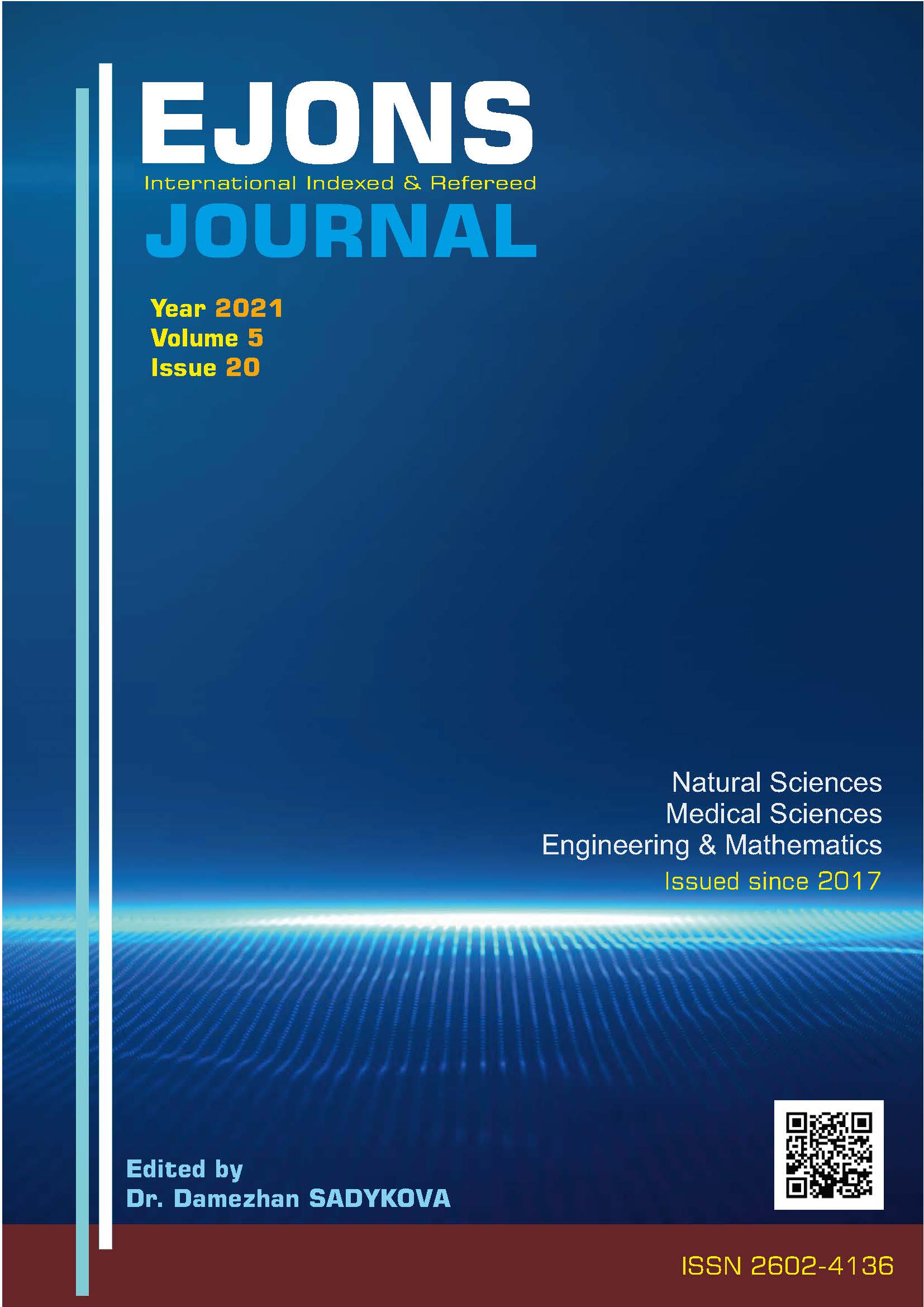(Identification of Loss of Business Time Leading to Loss of Efficiency in a Large-Scale Furniture Business
DOI:
https://doi.org/10.38063/ejons.528Keywords:
Efficiency, Furniture industry, Work study, Production planningAbstract
In the furniture industry, preventive measures should be taken because the factors that negatively affect productivity decrease productivity. In the furniture industry, there are two main factors affecting the lost work time that causes the decrease in productivity. The first of these is the loss of work time caused by the management and the employees, and the other is the loss of work time caused by the product design and production methods errors. It is important to investigate the loss of work time in the furniture industry in terms of precautions to be taken. Investigation of labor force losses in terms of intensity and cause-effect relationships has been carried out in other countries and in our country for many years. However, such a study has not been found in furniture enterprises. In this study; In a large-scale furniture business, it is aimed to find work time losses that lead to a decrease in employee productivity and to produce solutions. Fishbone diagram and Pareto analysis were applied to determine the loss of work time leading to a decrease in productivity. With the fishbone method; It has been determined that the reasons for the insufficient capacity in the A group bed production section are the problems arising from the material, machine, method and layout.
Downloads
Published
How to Cite
Issue
Section
License

This work is licensed under a Creative Commons Attribution-NonCommercial 4.0 International License.


